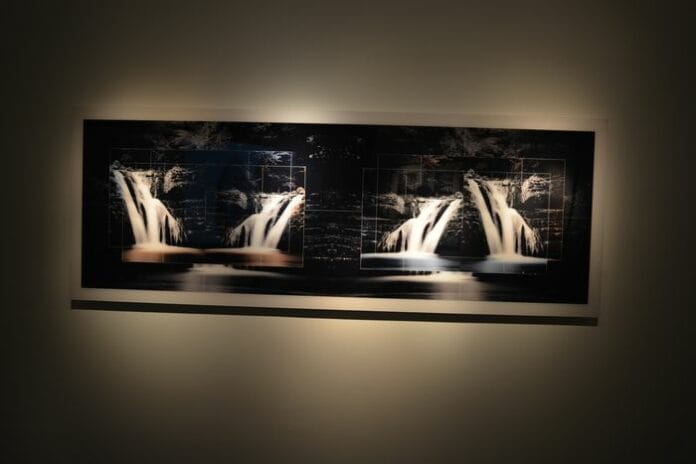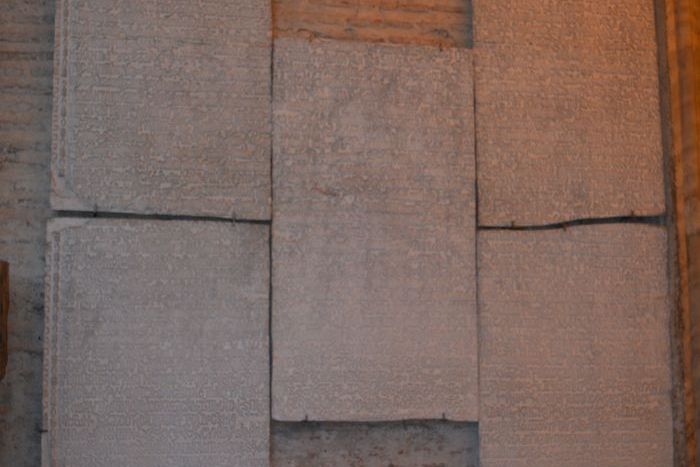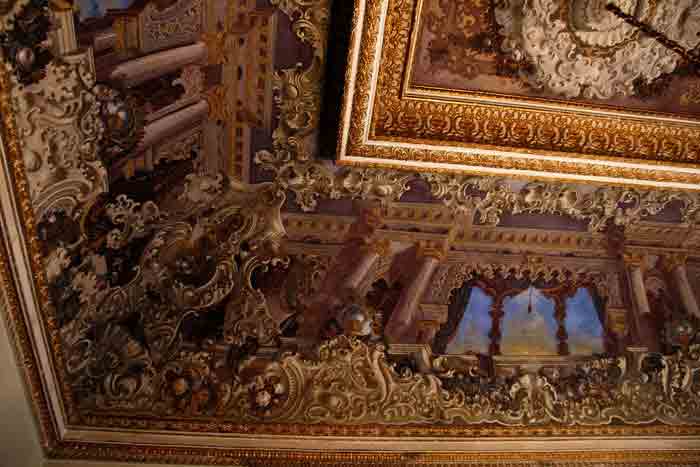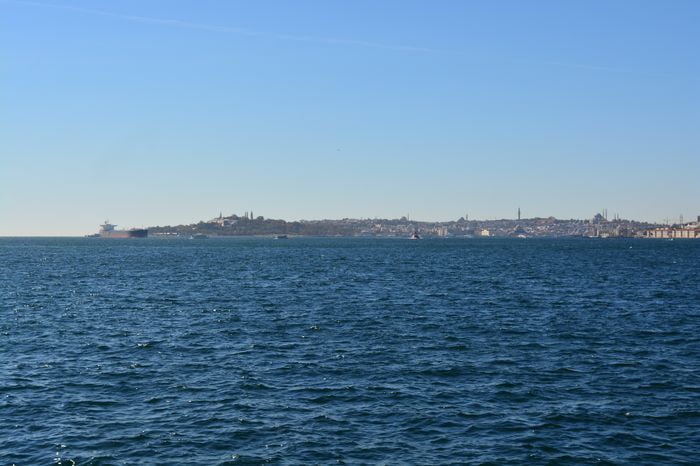Anne Habermehl gave a presentation called “The Role of Science in Determining the Resting-Place of the Ark.” One of her key points was that Agri Dagh (often called Mount Ararat) is a volcanic mountain that formed after the Flood. Because of that, she argued, it could not be where Noah’s Ark landed.
Her paper was carefully reviewed by two respected creationist geologists before the conference, which adds credibility. This scientific evidence should be taken seriously by people who believe Agri Dagh is the Ark’s resting place.
Defending the Traditional Site
My friend Rex Geissler presented a paper called “Archaeology, Excavations, Historical Documents on Mount Ararat.” His was the only paper at the conference that supported the traditional view that Noah’s Ark landed on Agri Dagh Aram-Naharaim An Ancient Land in the Bible.
Other scholars who support this view were invited, but they did not attend for various reasons.
Rex argued that no Urartean pottery has been found in southeastern Turkey, suggesting that Cudi Dagh may lie outside the area known as the ‘Mountains of Ararat.’ However, this claim is questionable for two reasons:
Very few excavations have been done in the area Rose Festival Tour.
Lack of evidence doesn’t mean something didn’t exist—it may just not have been found yet.
Noah and the Flood in Christian Writings
Mark Wilson gave an insightful talk titled “Noah, the Ark, and the Early Flood in Christian Literature.” His paper focused on how the New Testament speaks about Noah and the Great Flood. It gave helpful context from early Christian beliefs.
German Explorers and Cudi Dagh
Timo Roller, a researcher from Germany, gave a presentation called “The German Explorers of Cudi Dagh: 114 Years of Examining the Real Landing Place.”
He talked about past explorers such as:
Johannes Lepisius
Friedrich Bender
The Hans Thoma team
His own work using Google Earth
Timo showed old photographs of Cudi Dagh and used Google Earth to figure out exactly where each photo was taken and which way the camera was facing. His work gave a clear visual understanding of the mountain, which helped attendees better picture the area believed to be where the Ark landed.







